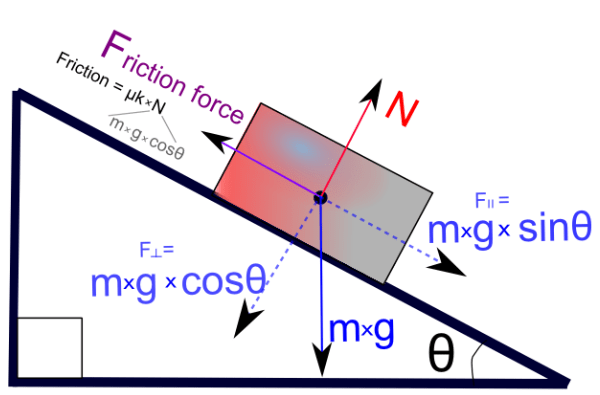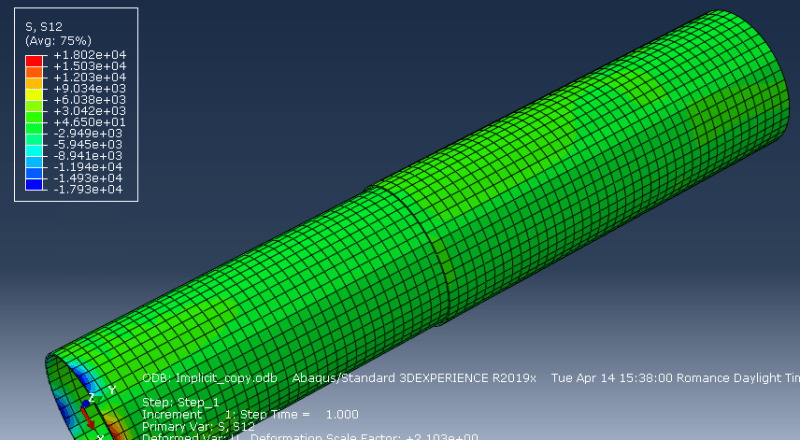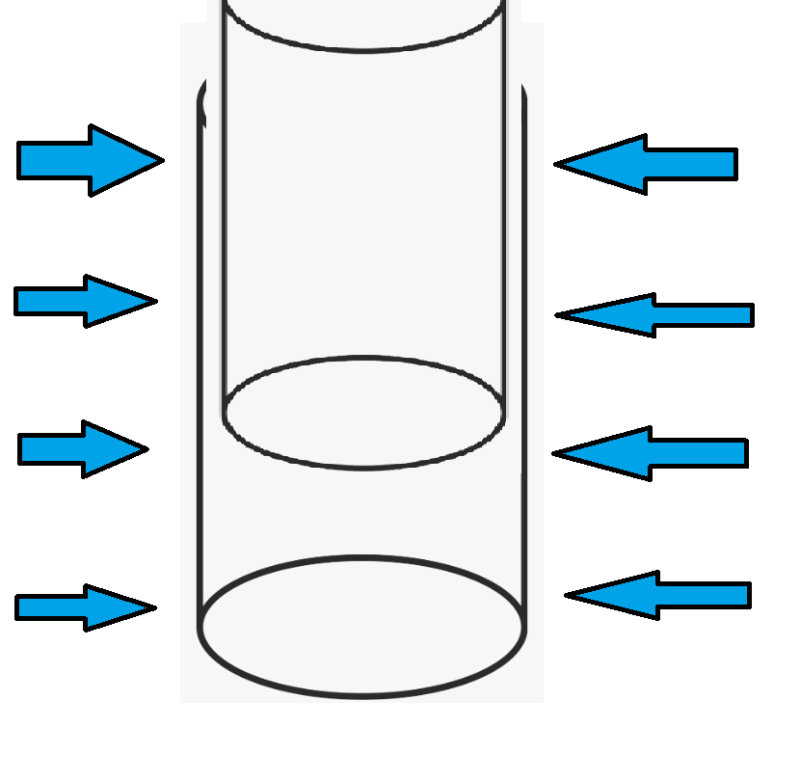drennon236
Civil/Environmental
I want to find the equivalent friction force in the first figure, in the two cylinder that are in contact with each other in the second picture. Is it correct to look at S12 in Abaqus? Should I look at something else since S12 is shear (MPa) and units are different than the friction force (N)? I wanna do this to make sure the friction force I get in my cylinders is according to theory.





